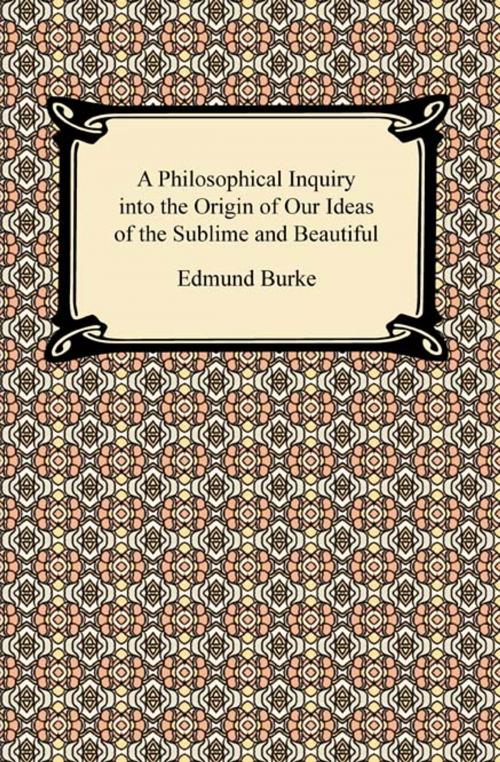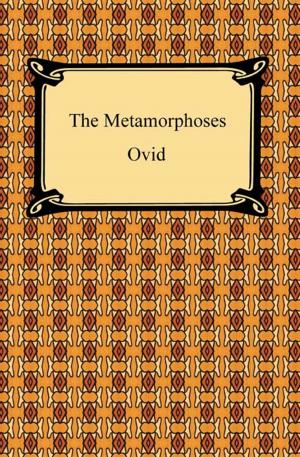A Philosophical Inquiry into the Origin of Our Ideas of the Sublime and Beautiful
Nonfiction, Religion & Spirituality, Philosophy| Author: | Edmund Burke | ISBN: | 9781420936896 |
| Publisher: | Neeland Media LLC | Publication: | December 15, 2009 |
| Imprint: | Digireads.com Publishing | Language: | English |
| Author: | Edmund Burke |
| ISBN: | 9781420936896 |
| Publisher: | Neeland Media LLC |
| Publication: | December 15, 2009 |
| Imprint: | Digireads.com Publishing |
| Language: | English |
First written in 1757, this treatise on aesthetics provides a distinct transition from Neoclassicism to Romanticism. This is apparent in Burke's ultimate preference for the Sublime over the Beautiful, for he defined the latter as that which is well-formed and aesthetically pleasing and the former as that which has the power to compel or destroy mankind. Within this text, Burke also posits that the origin of these ideas comes by way of their causal structures, utilizing Aristotelian concepts to fully explore his ideas. He is original in conceiving of beauty outside of its traditional bases and in seeing the sublime as having an entirely separate causal structure, which he outlines in depth. In putting the beautiful and the sublime in their own rational categories, Burke's treatise displays the expansive thinking unique to the turbulent times in which he lived.
First written in 1757, this treatise on aesthetics provides a distinct transition from Neoclassicism to Romanticism. This is apparent in Burke's ultimate preference for the Sublime over the Beautiful, for he defined the latter as that which is well-formed and aesthetically pleasing and the former as that which has the power to compel or destroy mankind. Within this text, Burke also posits that the origin of these ideas comes by way of their causal structures, utilizing Aristotelian concepts to fully explore his ideas. He is original in conceiving of beauty outside of its traditional bases and in seeing the sublime as having an entirely separate causal structure, which he outlines in depth. In putting the beautiful and the sublime in their own rational categories, Burke's treatise displays the expansive thinking unique to the turbulent times in which he lived.















